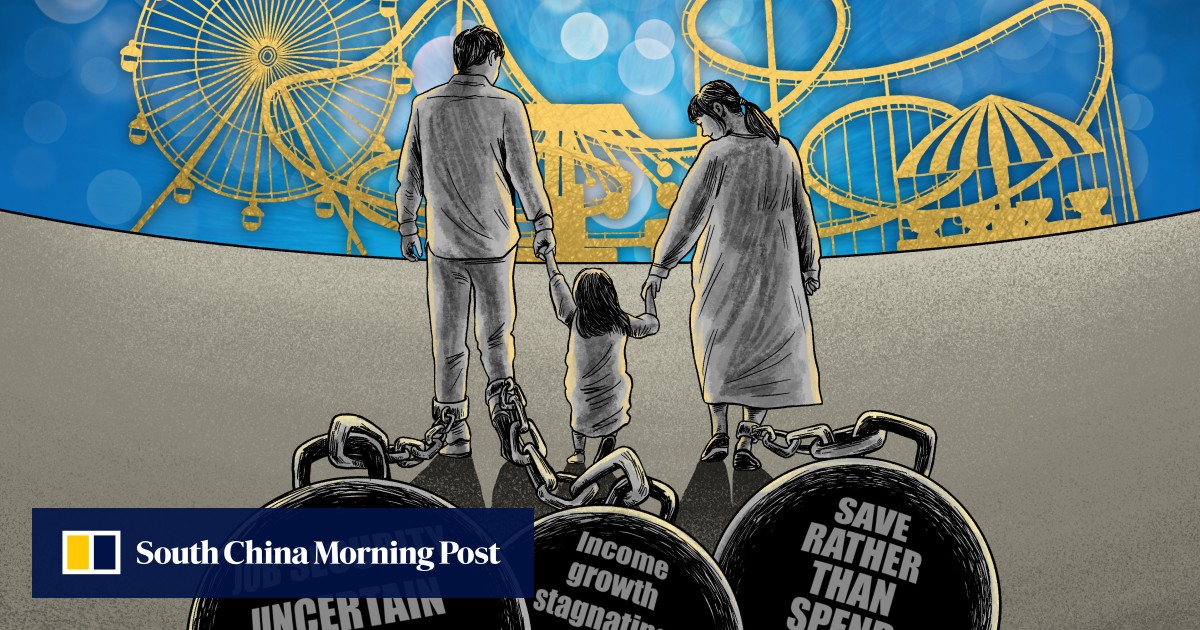
As temperatures soared to a sweltering 39°C, thousands of families still lined up for the launch of China’s first Legoland resort, undeterred by the heatwave.
Advertisement
The attraction became an instant hit – not just for children craving plastic-brick adventures, but for policymakers desperate to find the next big demand driver and jolt a weary consumer market back to life.
With families eager for quality experiences during the summer holidays, the spotlight is back on leisure spending – one of the few bright spots in a faltering consumer landscape, where retail sales have slumped and stimulus measures have lost steam.
The fanfare surrounding Legoland Shanghai Resort, which opened its doors on July 5, coincides with a new wave of investments in the sector across China.
As the largest Legoland in the world, it adds to over 4,400 attractions and amusement facilities nationwide – a figure forecast to grow at an annual rate of 19 per cent over the next three years, according to IAAPA, the global association for the theme park industry.
Advertisement
“What we see is that one yuan of operating revenue has an economic impact of 3.8 yuan in the local economy,” said Jakob Wahl, CEO of IAAPA, during the IAAPA Expo Asia in Shanghai held on June 30-July 3.
“Attractions are a driver for the economy wherever they are.”


